Blast from the Cold War: Danger and Futility of Nuclear Proliferation
Why keep an irrelevance? In the world of defense, nuclear weapons have assumed a stature of near futility. While conferences, think tanks, and superfluous professorial chairs exist on the subject of nuclear studies, the stark reality remains that the nuclear weapon is redundant as a weapon of security.
The problems of nuclear insecurity, notably to countries that do possess such weapons, is something else. Nuclear weapons pose a persistent drain to the public finances. The need to modernize aging arsenals is ever present: a lengthy excuse to keep a tired status quo alive. There is also the problem of management. The United States’ own situation reveals several stark instances when security was breached. In 2007, for example, six nuclear missiles went missing for 36 hours at Minot Air Force Base in North Dakota.
Those in the industry must be suffering a form of status anxiety, according to an editorial in the New York Times. Once, the nuclear cadres were anointed demigods with codes and keys, at the forefront of the defense of the realm. No longer – their existence is premised on fallacy and fiction. United States Secretary of Defense Chuck Hagel’s successor must face “the very future of the program itself and the arsenal of nuclear weapons, which far exceeds the country’s security needs.”
Ralph Vartabedian and W. J. Hennigan note the grim corrosion of existing US facilities: a Detroit-styled horror story of an industry on life support. They offer a description of the Y-12 National Security Complex, a 1940s plant that should have been closed after the Cold War. “Pipes, tanks and other equipment rust in the humid Southern air. Leaky roofs leave puddles on factory floors. Abandoned buildings are scattered across the 800-acre site contaminated with hundreds of tons of mercury.”
This sounds like earthy, seditious stuff, but the prospect of Washington abandoning nuclear weapons in a fit of moral and financial propriety is highly unlikely. Money will always be expended on an illusion, and there will be those forking out for it. Psychologists exist because vulnerable minds need to be reminded that they are vulnerable. There is no cure, only management.
As identified by the 1998 US Nuclear Weapons Cost Project’s Atomic Audit: The Costs and Consequences of U.S. Nuclear Weapons, such costs since 1940 have amounted to $5.5 trillion. Since then, the Pentagon has found itself focusing on the development of ever more lethal conventional weapons. The nuclear strategic weapons option is still expensive: the existing arsenal will cost $8.3 billion this fiscal year, an increase of 30 per cent from the last decade.
According to the Atomic Audit study’s editor, Stephen Schwartz, the costs for the period “exceeded the combined total federal spending on education, training, employment, and social services; agriculture; natural resources and the environment; general science and space research; community and regional development (including disaster relief); law enforcement; and energy production and regulation.” By any other name, it is grotesque for such a fetish to be the greatest enervating influence for a state.
Despite accepting Schartz’ conclusions that the program has proven wasteful in its duplication, mismanagement, and overall focus, and “decisions were made on closely-held intelligence in an atmosphere of tension, ambiguity and fear,” there are some, like David Silverberg, who argue that though the money expended “may not always have been well spent, but it was a good thing it was spent.”
Those who wish to retain a hefty nuclear option have been won over by the mantra of modernization. Pentagon planners have looked with unease over their shoulders at such efforts as those made by the Russians and Chinese, who continue to spruce up and renew their own weapons. (This ignores the basic premise that these countries, notably Russia, are themselves wrestling with ungainly, wasteful stockpiles.) There are also efforts being made on Pakistan and India’s parts.
A note of emergency is being struck in the US media that baby steps will, in time, become the strides of aggressive youths. The Los Angeles Times, for instance, reported in November 2014 that, “A new 40-foot Bulava intercontinental ballistic missile, capable of delivering an unparalleled 10 nuclear warheads, was launched by a Russian navy submarine on a test run over the icy White Sea.”
This move supposedly suggests that Putin “has another card to play,” even as Russia fends off the effects of sanctions. Such lazy wording is equivalent to the idea that one can use a gun as long as it is unloaded. The more futile in terms of sheer destructiveness nuclear weapons are, the more misty eyed those not having them get. Such weapons, however, appear to be designed not so much to frighten opponents as to burden their owners.
As for China, predictions abound that Beijing will have the means of striking any target on the American continent in 2015. Robert Farley notes such progress as the deployment of the PLA’s DF-41 road mobile ICBM system: “In the simplest terms, the development of the new ICBM ensures that China’s nuclear deterrent can reach the entire continental US, as well as a variety of potential foes.”
The nuclear genie, having stalked the world’s security for decades with destabilizing worth, is not likely to be put back into any bottle. This is even more so given attempts to strangle efforts made by other countries to obtain such weapons. Edward Thompson’s doctrine of self-assured “exterminism” is set to continue, as are the associated costs to deal with the decay and crumbling of existing weapons.
Editor’s Notes: Photographs one, three and four from the archive of James Vaughan; seven, nine and eleven from the archive of International Campaign to Abolish Nuclear Weapons; two from the archive of MAPW Australia; five by Luca Rossato; six by Saiko Camera; eight by Pixel Juice; composite ten by David A. LaSpina; photograph twelve by Beat Kung; and photograph thirteen from the archive of MonkeyC.net.
Related Articles


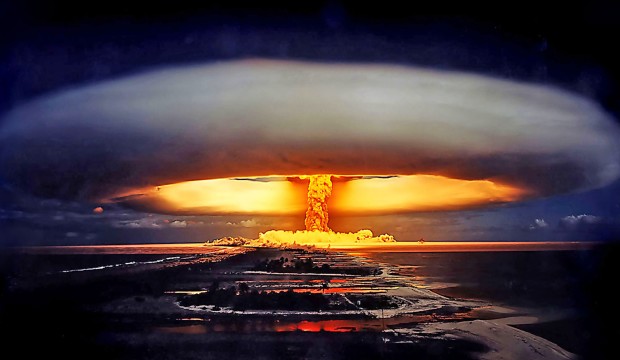
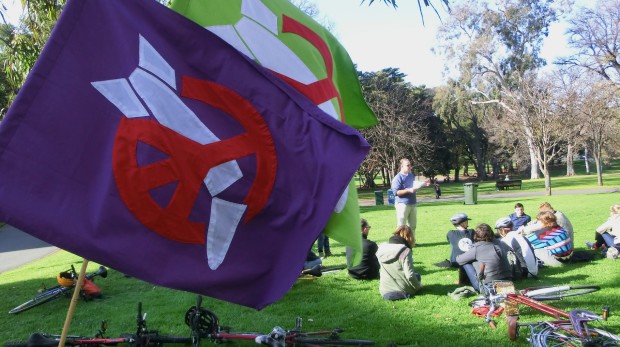
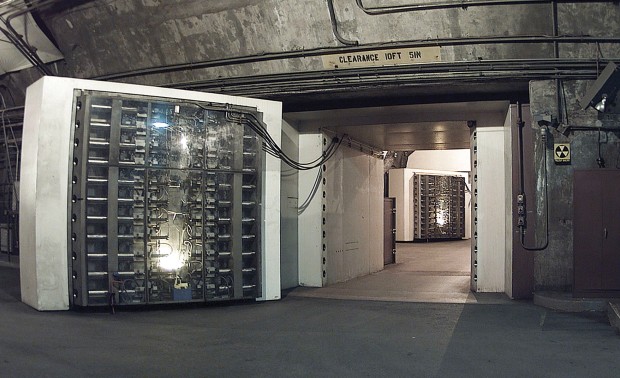
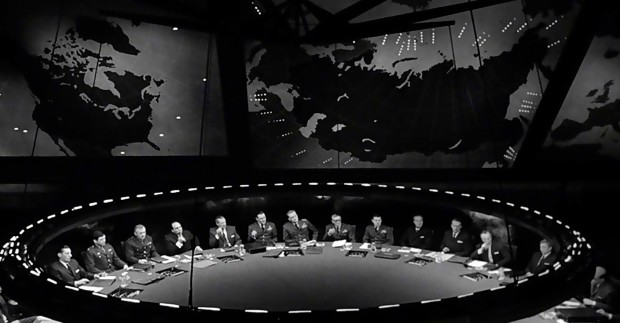
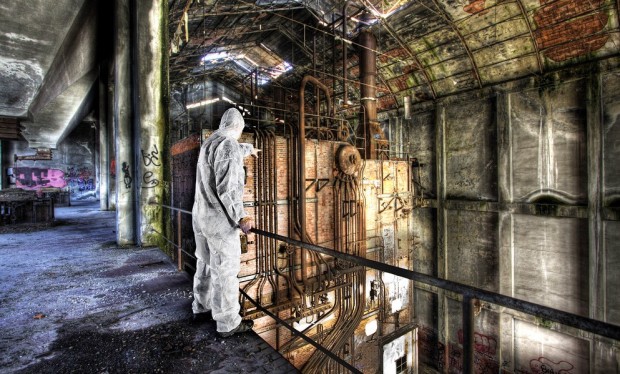
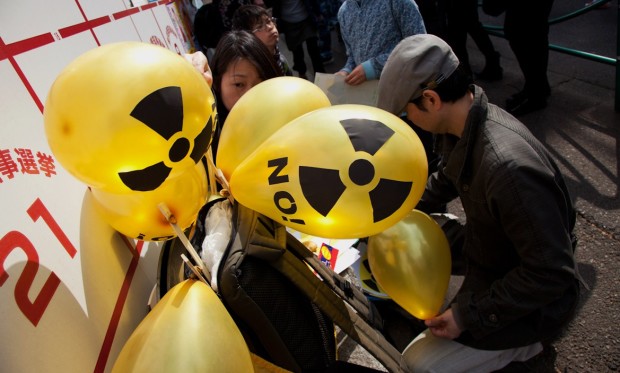
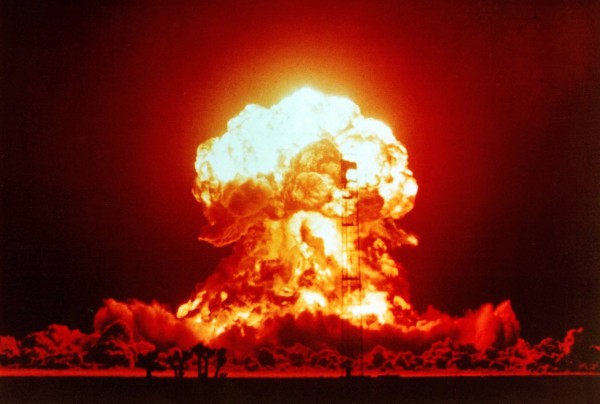

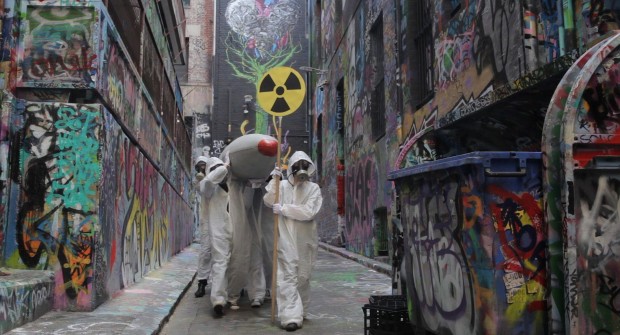
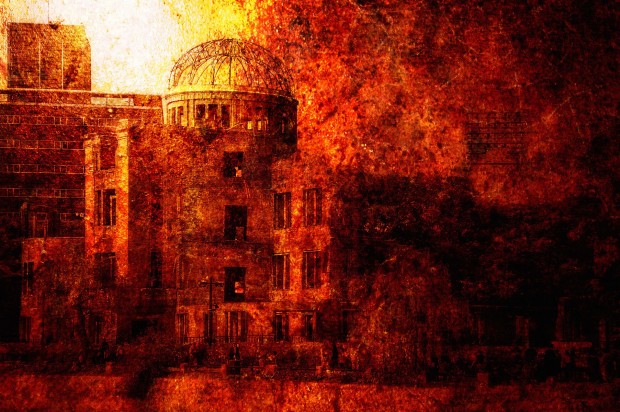
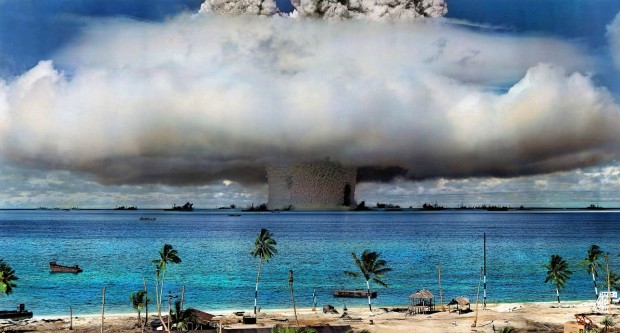

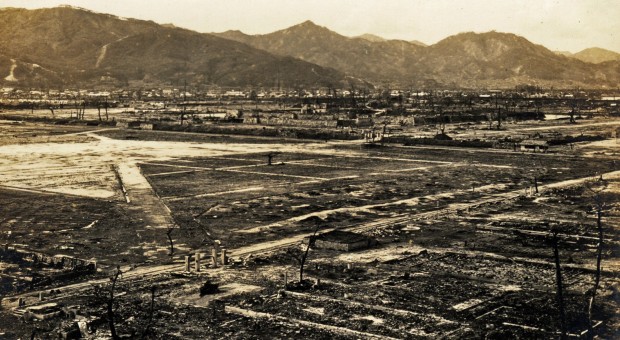











You must be logged in to post a comment Login